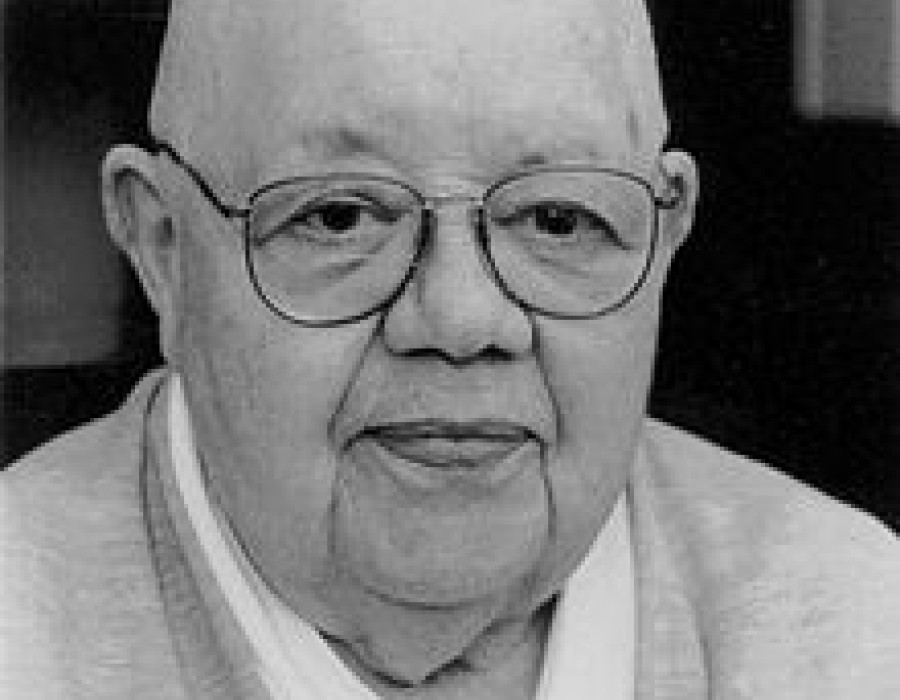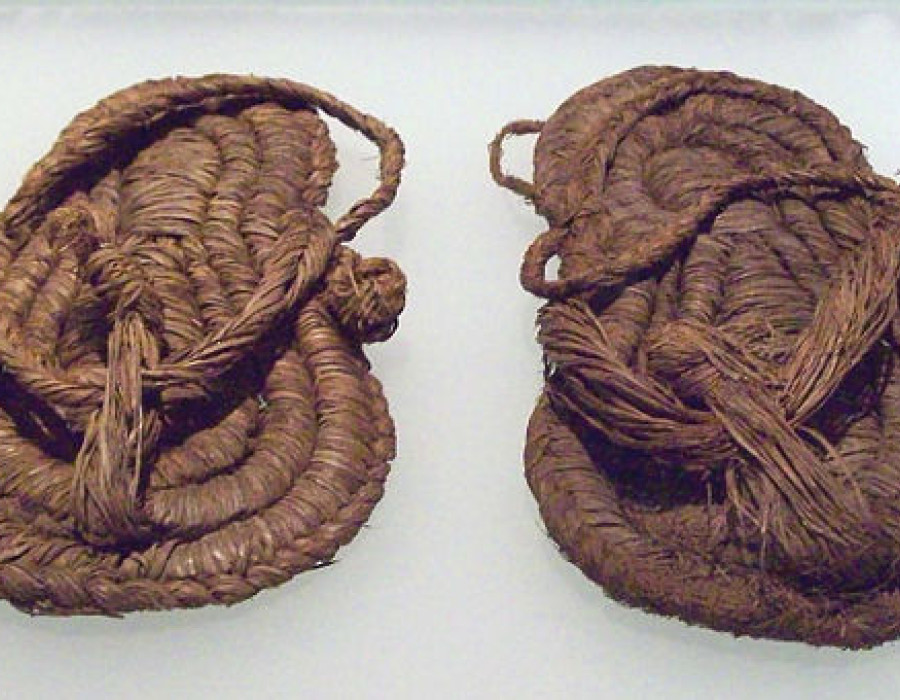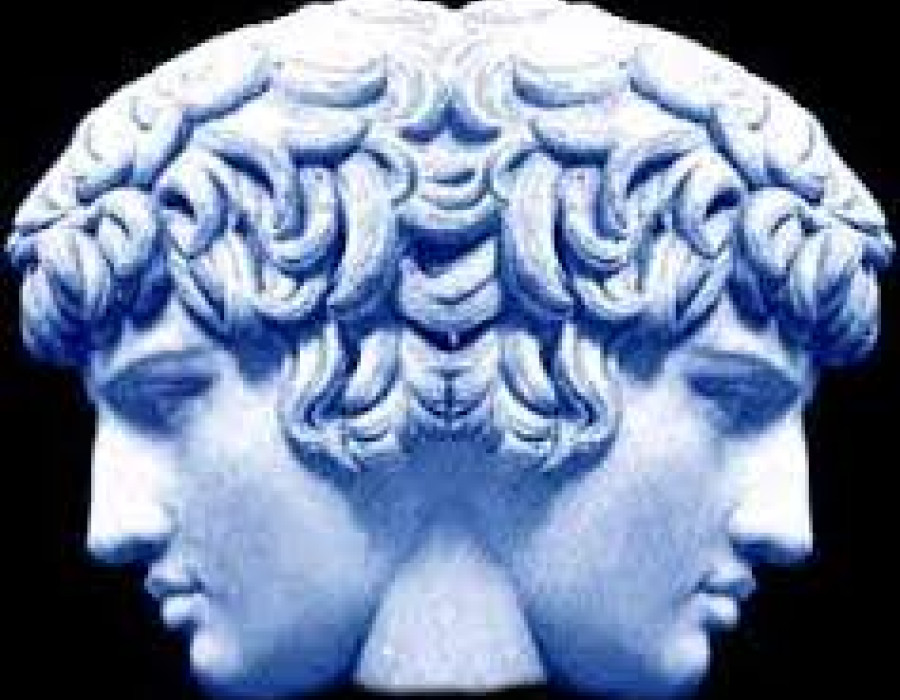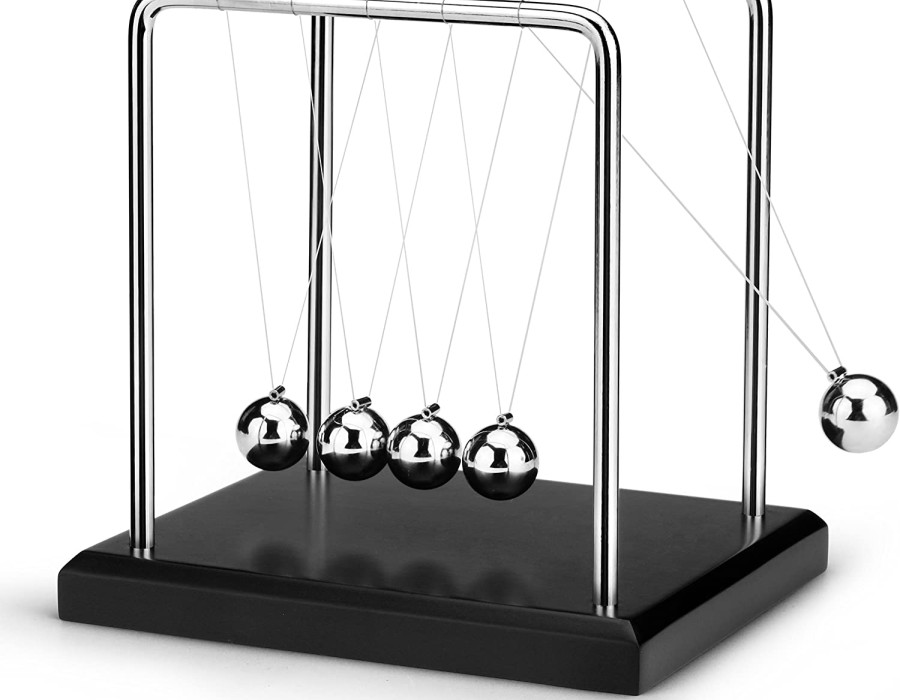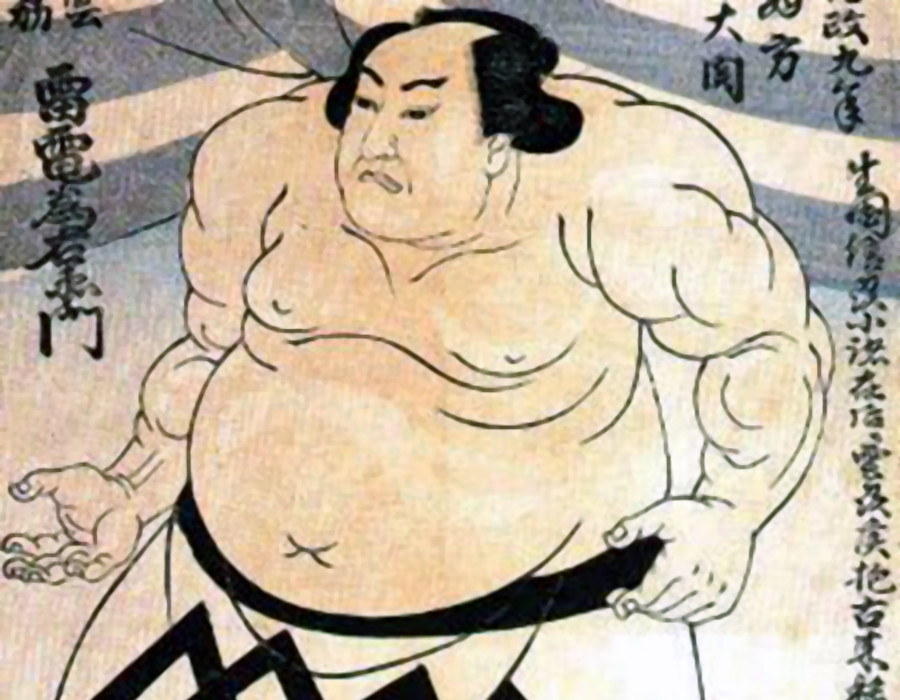But by the Leather of One Pair of Sandals will the Earth be Covered.
Zen practitioner, Olwen Smith, tells of her own experiences of starting Zen training and what she found helpful along the way for lay practice.
_01.jpg)
Esparto sandals from the 6th or 5th millennium BC found in Spain.
By Luis García, CC BY-SA 3.0 wikipedia.commons
Many years ago, before encountering Buddhism, whilst in the middle of one of life’s more difficult times, I sensed that there was a different way to view the problems I was experiencing. That is, despite the real difficulties of the situation, many of the worries and upsets were unhelpful ‘add-ons ’ and I sensed that there was an alternative view, a bigger picture, more beneficial both to me and to others involved.
As is reflected below in a quote from Shantideva:-
‘The Buddha has proclaimed that all the dangers and fears, and the immeasurable sufferings of existence arise only from one’s own Heart and Mind’ .
Traditionally it is said that Great Faith, Great Doubt, and Great Effort are needed for a Zen practice.
The Great Faith began as a small seed that there was the potential within for a different view on the situation, and the Great Doubt was present in knowing that ‘I’, with my habitual emotional reactions, was adding to that suffering.
Indeed, on his awakening the Buddha stated:
‘How wonderful, how marvellous, all beings are fully endowed with the Tathagata’s wisdom and power. But sadly, humans, because of their attachments, are not aware of this.’
These attachments constitute our emotional household. They are all the opinions, moods, frustrations, upsets and irritations in response to things I do not like or do not want or want and can’t have.
Close to my home is a Victorian outbuilding with the Delphi oracle ‘Know thyself’ inscribed above its door.
‘Know thyself’ is not an instruction to look and simply say ‘this is what I’m like’ but an invitation to look within, to ‘open up.’
The Buddha said:
‘Know thy Mind /Heart.
Shape the Mind /Heart.
Liberate the Mind /Heart’.
My first encounter with Buddhism was through books, (probably now it would be through a mindfulness app), and it took many years to appreciate that more is required than just reading books on Buddhism. Reading or listening to talks is necessary to know the teachings and the Buddha’s advice. However, it requires a ‘doing’, a personal and practical application of the teachings which is an ongoing and deepening process. As someone who enjoys cooking, a useful analogy is that reading a recipe alone is not going to produce something to eat but that by actually trying the recipes one learns more about how to cook.
An essential aspect of the training is a calming (samatha) of the mental distractions and a nurturing of greater mindfulness, or awareness of what is happening in us and outside us. A daily formal sitting meditation and a meditation in everyday activities is required. It is recommended that a daily timetable is established, and a regular time chosen for the daily formal sitting. After the initial novelty of daily meditation had worn off there came lots of excuses to avoid sitting. There are still occasions when ‘I’ do not want to go and sit for an hour and can think of other preferred activities but because it is the ‘set time ’ for meditation the body goes. It took a while to find the best time in the day when there would be fewer interruptions or reasons to justify why it cannot be done. Indeed, a daily timetable is a particularly good tool for experiencing lots of little ‘no’s’ and noticing the ’I’ resistance.
It is also beneficial to have a longer period of sitting and go on a retreat or sesshin. Out of lockdown, I regularly travel from the North to the Zen temple in London for sesshins. Just as with the daily zazen ‘I’ do not always want to go. This is understandable; it is far more comfortable to stay at home where ‘I’ can do ‘my’ own thing. As an antidote to this resistance, it is often useful to contemplate what this practice means to me and why I do it. This is enough to revitalise the effort which does involve an opening up to that resistance of ‘I’. This resistance needs to be acknowledged and it is a fine balance of ‘Right Effort’ and building up to longer periods of sitting.
It is also recommended that one has a home shrine, and this was again something resisted as unnecessary. However, bowing to the shrine, lighting candles and incense, and chanting all add to the reverence to what is being done and gratitude towards the teachings.
A difficult aspect of the practice is being fully with daily activities that are being done now instead of the body doing one thing and the mind/heart somewhere else. There is a lot pulling the attention away. However, it is the practice of trying to do it that bears the fruit. Greater awareness of the constant judging of ‘I’ with likes and dislikes opens up as one ‘comes back’ to the body and the activity. These irritations, disappointments and upsets can be felt physically in the body but staying with them, as uncomfortable as it can be, develops a greater ability not to act out of them. As someone with a short fuse and a sharp tongue I am aware of a change, however small!
Furthermore, by calming the Mind/Heart there is an opportunity for the wisdom the Buddha, which it is said we all have, to arise. For example, a verse from the Dhammapada, or a Zen story arise of themselves into awareness in response to everyday circumstances. This might be a dilemma, or a small problem, and such teachings provide support, or a different perspective to this ‘I’ who might be getting a little hot under the collar at someone or something.
To finish, as we began, with Shantideva:
‘Where could I find enough leather to cover the whole earth? But by the leather of one pair of sandals the earth will be covered.
External circumstances cannot be guarded against. But if I guard my own Heart and Mind, what other protection is needed?’

